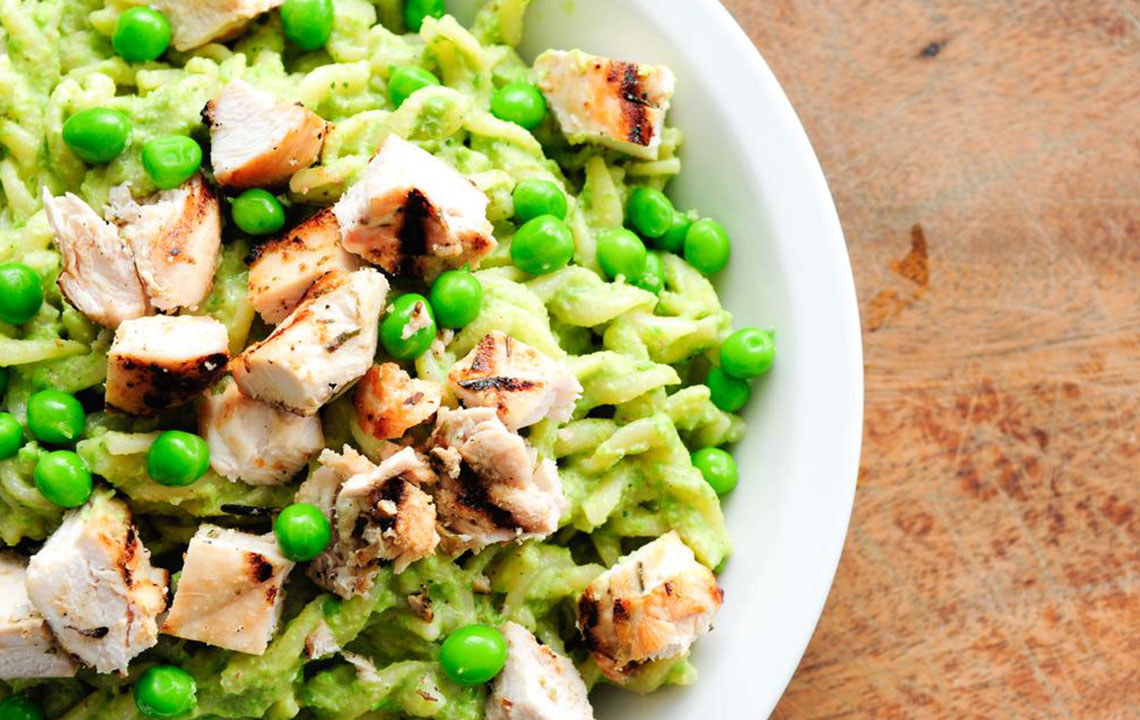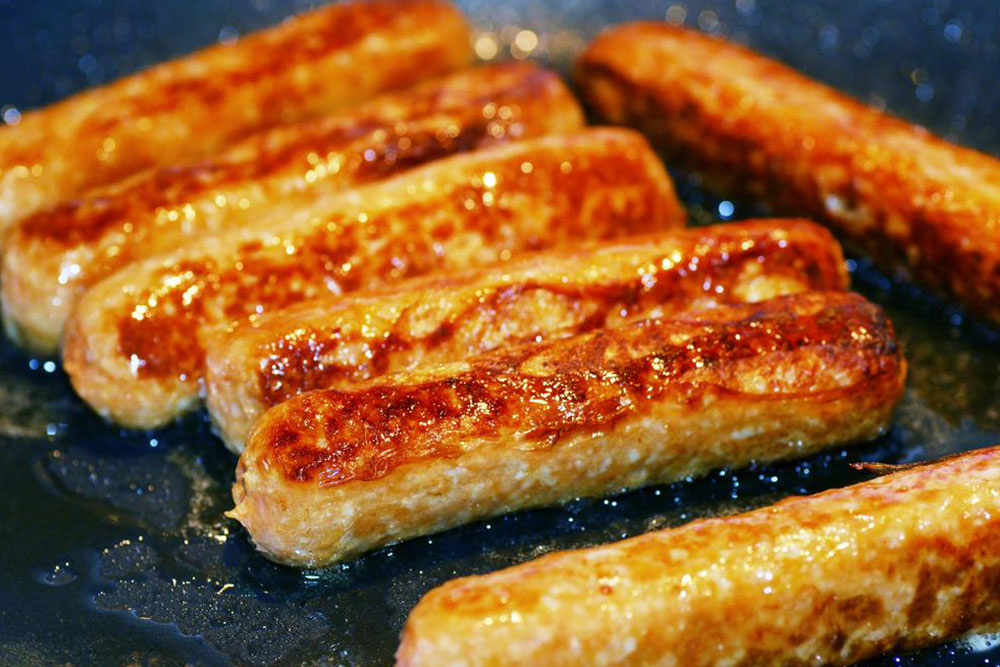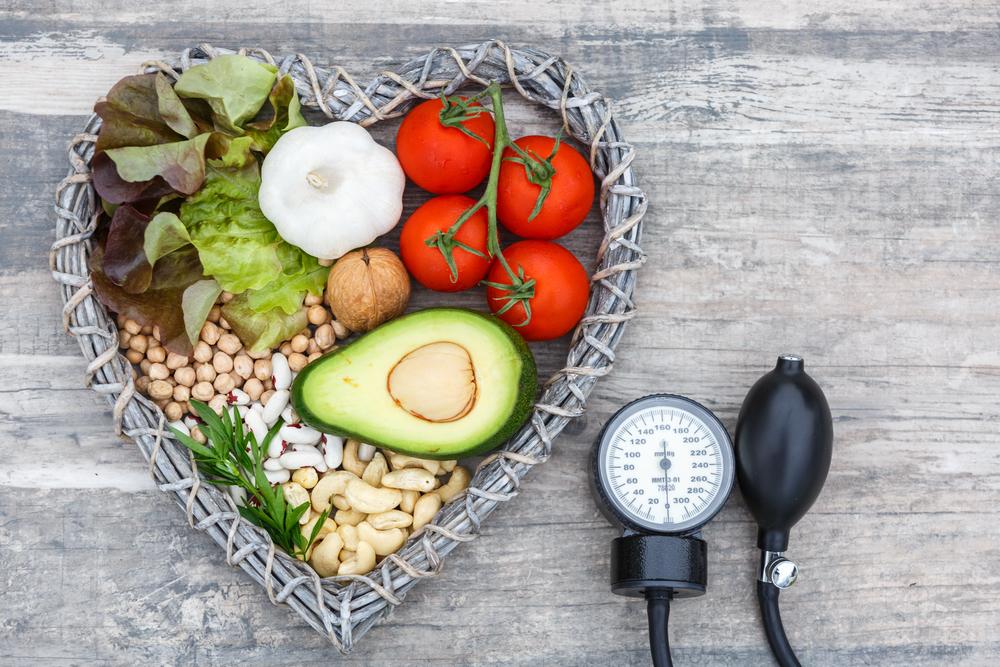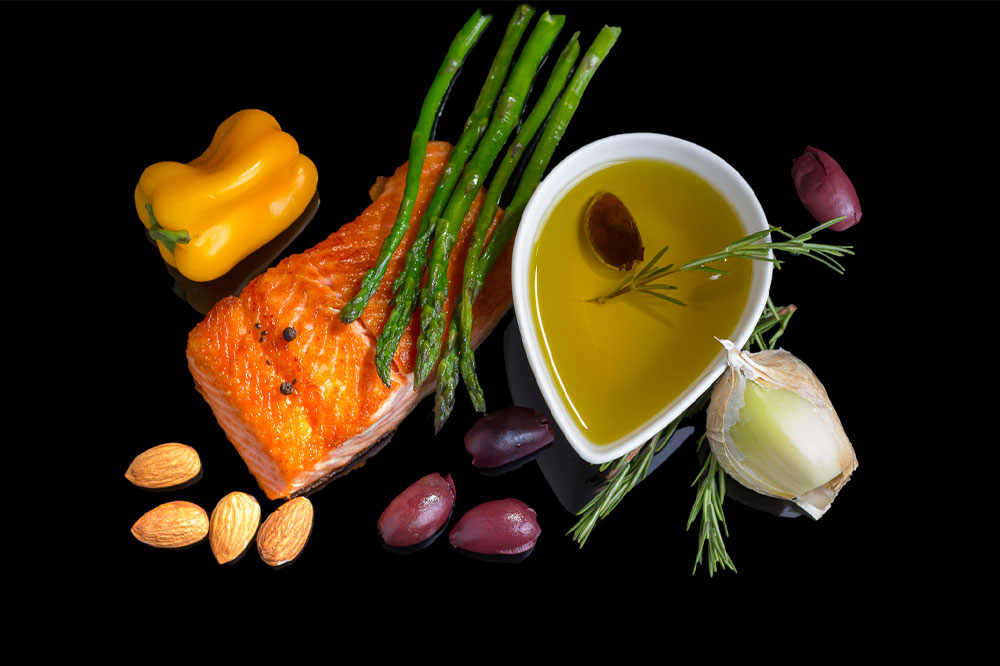Ultimate Dietary Plan for Lowering Triglyceride Levels and Promoting Heart Health
This comprehensive guide offers practical meal planning tips and nutritious recipes to help manage triglyceride levels effectively. Emphasizing heart-healthy foods like whole grains, seafood, vegetables, and lean proteins, it provides actionable advice for breakfast, lunch, and dinner. Incorporating these dietary strategies along with regular exercise can significantly reduce the risk of cardiovascular disease by lowering triglycerides naturally and sustainably. Perfect for individuals seeking to improve heart health through diet, this article is an essential resource for a healthier lifestyle.

Effective Meal Planning Strategies to Manage Triglyceride Levels Throughout Your Day
Maintaining healthy triglyceride levels is essential for overall cardiovascular health. Elevated triglycerides are associated with an increased risk of heart disease and stroke. Studies show that approximately one-third of adults in the United States struggle with high triglyceride levels, which often result from dietary habits, excess caloric intake, or stored body fat being mobilized for energy. Making dietary adjustments and adopting a heart-healthy eating plan can significantly reduce triglyceride levels, thereby lowering your risk of cardiovascular complications.
In this comprehensive guide, we will explore effective meal planning tips, nutritious recipes, and dietary strategies to help you manage triglyceride levels effectively. Whether you're looking to start your day on the right foot or choose healthier options for lunch and dinner, this article provides practical, easy-to-follow advice to improve your heart health through smarter food choices.
Start Your Day Right with Heart-Healthy Breakfast Ideas
Whole Grains with Fresh Berries
Kickstart your morning with a bowl of cereal that is low in sugar—preferably under 9 grams per serving—and top it with fresh, antioxidant-rich berries like blueberries, strawberries, or raspberries. As an alternative, soak half a cup of oatmeal in skim milk and sprinkle it with walnuts to incorporate healthy fats and fibre into your breakfast. These choices not only help lower triglycerides but also provide a steady release of energy throughout the morning.
Egg Whites and Vegetable Power Breakfast
Opt for egg whites or egg substitutes to keep saturated fat intake low. Prepare an omelette or scramble with chopped vegetables such as tomatoes, spinach, onions, and mushrooms. Use a teaspoon of olive oil or a fat-free margarine for cooking. Accompany this with a slice of whole wheat toast and a vitamin C-rich fruit like an orange to boost immunity and enhance nutrient absorption. This meal provides protein without excess saturated fat, supporting heart health and triglyceride management.
Seafood-Based Breakfast
Start your day with an ounce of smoked salmon paired with a whole grain bagel. Add a small dollop of low-fat cream cheese and capers for flavor. Complement this with a portion of melon, such as cantaloupe or honeydew, for hydration and essential nutrients. Incorporating omega-3 fatty acids from seafood at breakfast can contribute to lower triglyceride levels.
Healthy and Flavorful Lunch Options
Lunch doesn't have to be boring or heavy. Focus on balanced meals that are rich in fiber, lean proteins, and healthy fats to keep triglycerides in check while satisfying your palate.
Sip on Soup and Enjoy a Colorful Salad
Choose a cup of low-fat vegetable or fruit-based soup, such as tomato or carrot soup, paired with a hearty mixed green salad. Add chopped vegetables like cucumbers, bell peppers, and carrots, and dress with a teaspoon of olive oil and lemon juice or vinegar. To make it more filling, include two whole wheat crackers or a slice of whole-grain bread. This combination provides fiber, antioxidants, and healthy fats, making it an ideal lunchtime meal for triglyceride control.
Protein-Rich Sandwiches with a Healthy Twist
Create a tuna sandwich using two ounces of canned tuna packed in water, mixed with chopped onions, pickles, and a slice of apple for sweetness. Use whole wheat bread and spread a tablespoon of low-fat mayonnaise or Greek yogurt. Pair it with a side salad made of carrots, peppers, and tomatoes, drizzled with olive oil, for added nutrients. This meal delivers lean protein, fiber, and omega-3 fats, which contribute to healthy lipid levels.
Nutritious Chinese-Inspired Stir-Fry
Sauté a cup of mixed vegetables—such as broccoli, snap peas, and bell peppers—with an ounce of shrimp, chicken, or tofu in olive oil. Serve over a half-cup of brown rice or whole wheat pasta, seasoned with herbs like basil or oregano. Add some fresh pineapple chunks for a touch of natural sweetness and vitamin C. This dish is low in saturated fat and high in fiber, making it excellent for triglyceride management.
Light and Nutritious Dinner Ideas
Since dinner is close to bedtime, opt for lighter, easily digestible meals that support a restful sleep and avoid excess calories that can elevate triglycerides.
Grilled Chicken with Roasted Sweet Potatoes and Steamed Veggies
Enjoy a three-ounce serving of grilled chicken breast alongside a baked sweet potato topped with fat-free margarine. Add a side of steamed broccoli and peppers to increase vitamin intake. Finish with half a cup of frozen yogurt or non-fat pudding topped with pistachios for a small, healthy treat. This meal emphasizes lean protein and complex carbs that assist in maintaining healthy triglyceride levels.
Whole Wheat Pasta with Vegetables and Lean Protein
Prepare a cup of whole wheat pasta or spaghetti squash with a tomato-based sauce loaded with vegetables such as zucchini, spinach, and mushrooms. Incorporate 3.5 ounces of lean protein like turkey or tofu, seasoned with herbs such as basil or oregano. Sprinkle with a small amount of low-fat Parmesan cheese. Pair it with a glass of red wine if desired for added antioxidants and heart health benefits. This meal combines fiber, lean protein, and heart-healthy fats.
Seafood Dinner Featuring Salmon or Tuna
Opt for four ounces of grilled or baked salmon or tuna, or sautéed shrimp. Season with lemon juice or balsamic vinegar, and serve with steamed asparagus and wheat couscous cooked in mushroom broth. Garnish with scallions and roasted tomatoes, and finish with a teaspoon of olive oil. Including seafood rich in omega-3s helps lower triglyceride levels and supports overall cardiovascular health.
Making dietary changes is a powerful way to control and reduce triglyceride levels. By choosing healthier ingredients, incorporating more fiber and healthy fats, and limiting saturated fats and sugars, you can improve your lipid profile and decrease your risk of heart disease. Remember, combining these dietary modifications with regular physical activity enhances overall heart health and promotes sustainable results.





